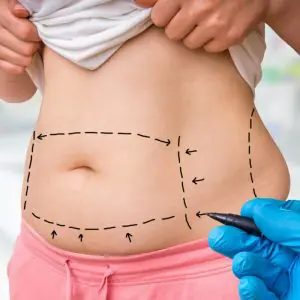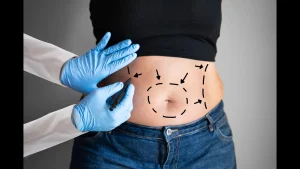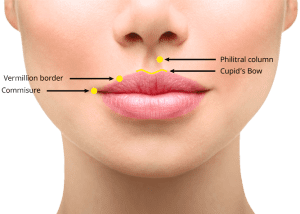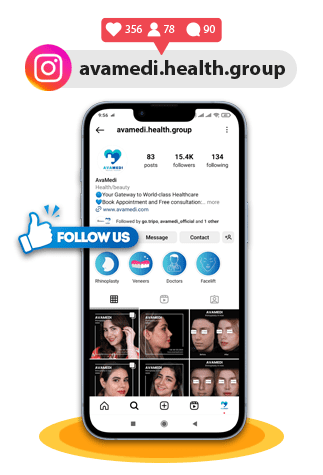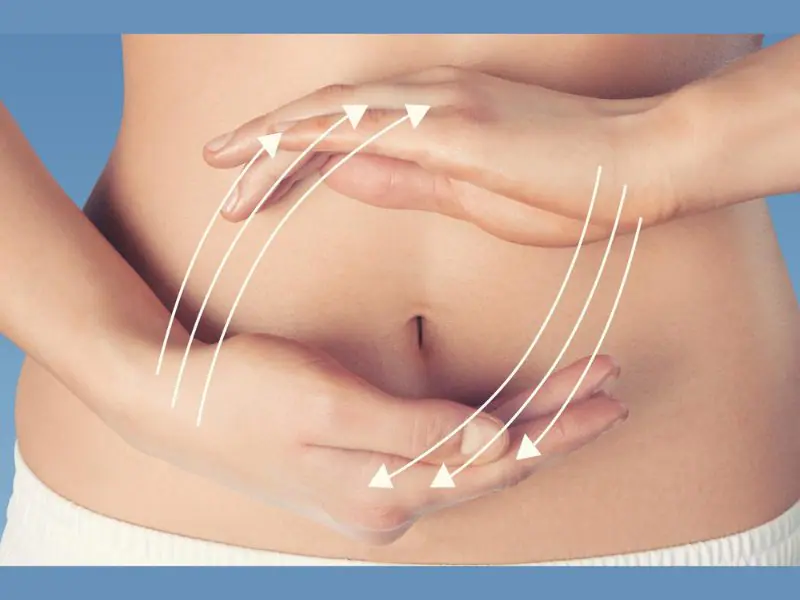Embarking on a journey to achieve a flatter, more toned midsection through a Tummy Tuck in Iran, or abdominoplasty, is a significant decision. While the goal is an improved aesthetic appearance, concerns about potential risks, including the rare but serious prospect of death, are valid. In this article, we explore the nuances of tummy tuck surgery, associated risks, and crucial safety measures.
Understanding Tummy Tuck Surgery: A Brief Overview
Before delving into the risks, it’s essential to comprehend the tummy tuck procedure. Typically performed under general anesthesia, the surgery involves making an incision along the lower abdomen, removing excess skin and fat, and, in some cases, tightening abdominal muscles. Post-surgery, patients wear a compression garment to aid healing.

Avamedi offers multiple other services such as Rhinoplasty in Iran, revision rhinoplasty in Iran, Brazilian Butt Lift in Iran.
Risks Associated with Abdominoplasty Surgery: Common Side Effects
Like any surgery, tummy tuck procedures carry inherent risks. Common side effects include:
-
Hematoma and Bleeding:
- Occasional bleeding during surgery can lead to hematomas, requiring additional procedures to drain blood and prevent complications.
-
Infection:
- Surgical procedures pose a risk of infection, potentially requiring antibiotics or additional surgery for treatment.
-
Scarring:
- Incisions made during the procedure result in scars, with their visibility influenced by factors such as healing processes and incision placement.
-
Wound Healing Issues:
- Complications, like delayed healing or wound dehiscence (separation of incision edges), may extend recovery time, necessitating additional treatment or revision surgery.
-
Seroma:
- A collection of fluid post-surgery can lead to swelling, discomfort, and, in severe cases, additional procedures.
-
Numbness and Sensation Changes:
- Manipulation of abdominal tissue during surgery may cause transient numbness or other sensation changes.
-
Risks Associated with Anesthesia:
- General anesthesia usage entails potential risks such as allergies, respiratory issues, or cardiovascular effects, though rare.
-
Deep Vein Thrombosis (DVT):
- Blood clot formation, particularly in the legs, may increase DVT risk due to immobility during healing and vessel compression during surgery.
-
Poor Cosmetic Outcome:
- While intended to enhance aesthetics, there’s a chance of unsatisfactory cosmetic results, necessitating revision surgery.
The Rare Risk of Death in Tummy Tuck Surgery In Iran
While risks like those mentioned are common in tummy tuck surgery, the risk of death is considered highly unlikely. Abdominoplasty surgery is generally regarded as safe, boasting a low mortality rate. However, as with any surgical procedure, rare complications can occur, potentially leading to fatal outcomes.

Avamedi offers multiple other services such as Cat Eye Surgery in Iran, Forehead Reduction in Iran, Gynecomastia in Iran and facelift in Iran.
Factors Influencing the Risk of Tummy Tuck Death
- Underlying Health Conditions: Patients with pre-existing health conditions like heart disease, diabetes, or respiratory problems may face increased complications, potentially impacting mortality risk.
- Surgical Complications: Uncommon issues during surgery, such as severe bleeding or harm to internal organs, could pose life-threatening risks.
- Infection and Sepsis: Untreated infections, leading to sepsis, a severe and potentially fatal condition, can arise post-surgery.
- Pulmonary Embolism: DVT linked to tummy tuck surgery may contribute to pulmonary embolism, a condition where a blood clot travels to the lungs, potentially causing respiratory distress and death if untreated.
- Anaphylaxis: A severe allergic reaction, though rare, may occur due to anesthesia or medication, presenting life-threatening complications if not promptly treated.
Reducing the Risk of Tummy Tuck Complications
Despite inherent risks, steps can be taken to minimize complications:
- Choose a Qualified Surgeon: Opt for a board-certified plastic surgeon with Abdominoplasty experience, prioritizing patient safety and satisfaction.
- Follow Pre and Postoperative Instructions: Adhere to surgeon-provided instructions, including medication adjustments, smoking cessation, and lifestyle recommendations.
- Disclose Medical History: Provide a comprehensive medical history to assess potential complications and enable necessary safety measures.
- Maintain a Healthy Lifestyle: Optimal general health, achieved through a balanced diet, regular exercise, and addressing underlying health conditions, reduces complication risks.
- Proper Wound Care: Follow surgeon instructions for incision care to minimize infection and complications.
- Wear Compression Garments: As advised by the surgeon, compression clothing aids in reducing swelling and promotes healing.
- Follow Activity Restrictions: Adhere to postoperative restrictions to prevent strain on healing areas.
- Attend Follow-Up Appointments: Regularly attend appointments to monitor recovery and address concerns promptly.
The safety of tummy tuck procedures
The safety of tummy tuck procedures is a paramount consideration for individuals contemplating abdominoplasty, a surgical intervention designed to achieve a flatter, more toned midsection. Understanding the safety aspects, success rates, and factors influencing complications is essential for making informed decisions about undergoing this cosmetic surgery.
Tummy Tuck Safety Statistics and Success Rates:
-
High Success Rates:
According to the American Society of Plastic Surgeons® (ASPS), tummy tuck procedures generally boast high success rates. In a survey of over 3,500 surgeries, over 95% of patients reported no complications.
-
Low Complication Rates:
The vast majority of patients undergoing tummy tuck procedures experience minimal complications. This is particularly true for healthy individuals who do not smoke and are in overall good health.
-
Expertise Matters:
The expertise and experience of the plastic surgeon significantly influence the safety and success of the procedure. Choosing a board-certified plastic surgeon with specific experience in tummy tucks enhances the likelihood of a positive outcome.
Factors Influencing Safety in Tummy Tuck procedure:
- Non-smokers: Patients who do not smoke generally experience fewer complications and better overall outcomes.
- Good General Health: Individuals in good health are typically better equipped to handle the stress of surgery and recover more efficiently.
- Avoiding Multiple Procedures: While combining procedures might be tempting, it can increase the risk of complications. A focus on a single procedure enhances safety.
- Stable Weight and No Pregnancy Plans: Patients planning to maintain a stable weight and who are not considering future pregnancies tend to have safer outcomes.
- No Serious Health Complications: Patients without serious health issues that could be adversely affected by surgery are generally better candidates.
- Board-Certified Plastic Surgeons: Choose a qualified and experienced surgeon, preferably board-certified in plastic surgery, who specializes in tummy tuck procedures.
- Adherence to Guidelines: Following surgeon-provided instructions regarding preoperative and postoperative care is crucial for minimizing risks.
- Comprehensive Medical History: Disclose a detailed medical history, including existing medical conditions, allergies, and current medications, to enable the surgeon to assess potential risks.
- Maintaining General Health: Engage in a healthy lifestyle, including a balanced diet, regular exercise, and addressing any underlying health conditions before surgery.
Prioritizing Safety in Tummy Tuck Surgery
In summary, the safety of tummy tuck procedures is well-established, especially when approached with careful consideration and by adhering to best practices. Selecting a skilled surgeon, maintaining overall health, and following pre and postoperative guidelines significantly contribute to minimizing risks and ensuring a positive outcome. While no surgery is entirely without risk, the benefits of a well-executed tummy tuck, when done under optimal conditions, often outweigh the potential complications, resulting in a transformed and more confident individual.
While the risk of death in tummy tuck surgery is exceptionally rare, acknowledging potential complications is crucial. Engaging with a qualified surgeon, understanding individual risks, and following safety measures contribute to a safer surgical experience. With proper precautions, an abdominoplasty can be a transformative procedure with satisfying aesthetic outcomes.




